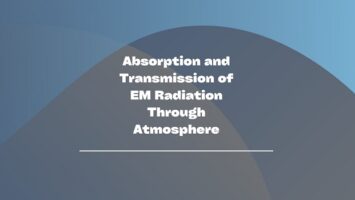Metre Bridge:
A metre bridge is a direct practical application of Wheatstone Bridge. The apparatus is essentially a slide wire bridge in which a uniform resistance wire of length exactly one metre is mounted on a wooden board between two fixed terminals A and C along with a parallel metre scale that can measure any partial length of the wire, as shown below. Shaded portions are three thick copper strips (whose resistances may be neglected) with terminals fixed (white spots), having two gaps G1 and G2, all mounted on the same wooden board. Across the whole wire length AC, we connect the cell. One end of the galvanometer is connected to the middle copper strip at point D and its other end is connected to a jockey J which can be connected to any required point (B) on the wire.

The resistance of two sides of the wire (AB and BC) act as P and Q branches of the Wheatstone bridge. A resistance box is connected across the gap G1 and we can apply any required amount of resistance here. This acts as the R branch of the Wheatstone Bridge. While unknown resistance S is connected at the gap G2.
However, in this case, we fix the magnitude of R at some convenient value and the point B on the wire AC is located such that the jockey J touched there may give an exact null point in the galvanometer. Thus, the balance of the bridge is achieved by adjusting P and Q in continuous form (moving jockey along the length of the wire) and not in steps.
Let the resistance per unit length of wire be ρ Ω cm-1 and the length of wire P (i.e., AB) at a balanced state be l cm. Then
| P = lρ ohm and Q = (100 – l)ρ ohm At the balanced state, we have P/Q = R/S or lρ/(100 – l)ρ = R/S or S = R[(100 – l)/l] |
Infact, for the measurement of S we do not require the value of resistance per unit length or specific resistance of the wire. Only the balancing length l is to be found accurately. Since l can be varied in a continuous manner rather than in fixed steps, this device is much more sensitive to give accurate results than a post office box.









Comments (No)